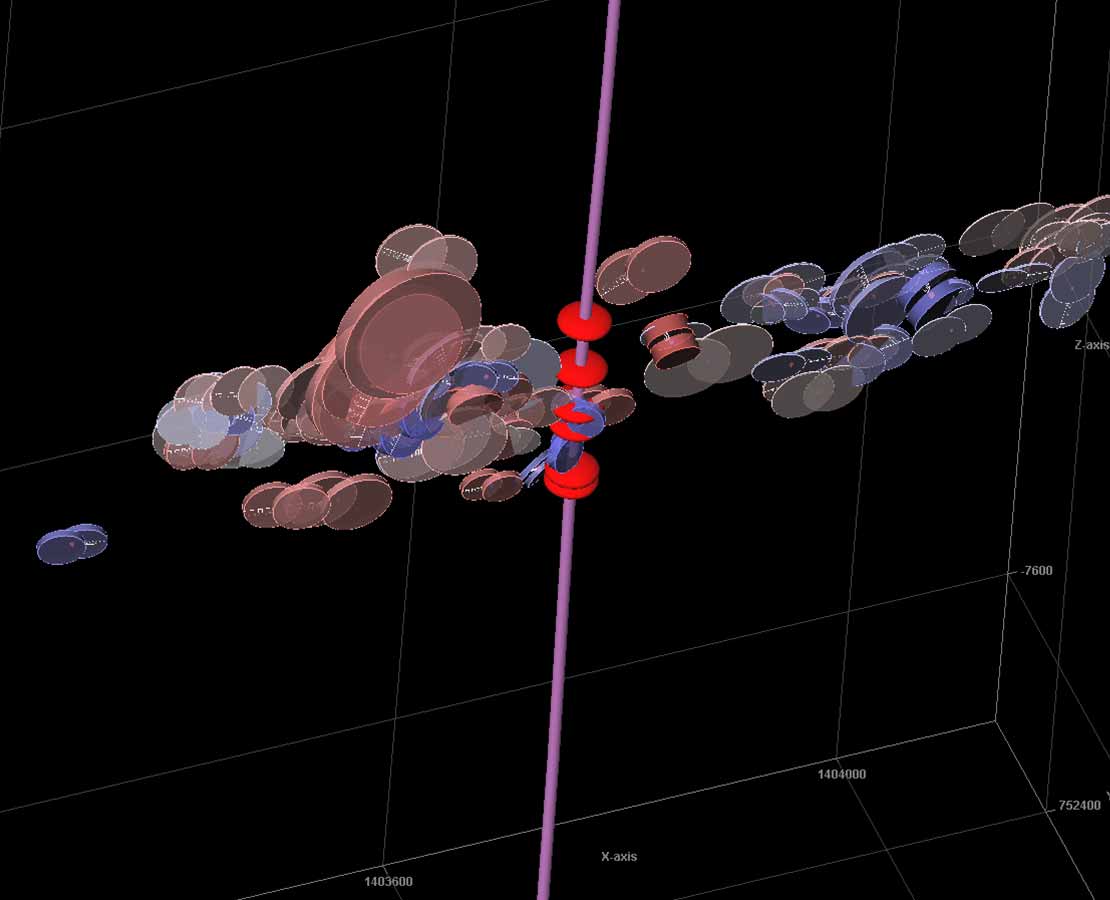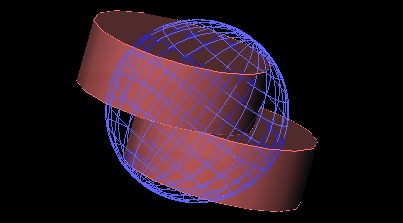Moment Tensor Inversion Services
Improve fracture understanding and completion designs

Understanding fracture geometry is key to effective stimulation treatments and well economics. Microseismic fracture monitoring provides an image of the geometry of a hydraulic fracture, allowing engineers to analyze a particular completion strategy. Moment tensor inversion (MTI) services provide new information about the mechanism of the fracture plane failure to aid in understanding the fracturing process, bringing critical insight to geologic and reservoir modeling and production simulation.
Display fracture expansion, opening, slip, and orientation
Moment tensor inversion is a seismic processing technique that analyzes the radiation pattern of seismic amplitudes at different locations to determine the fracture plane and slip and define the mode of fracturing as shear or tensile opening. Related terms include focal mechanisms, source mechanisms, and beach-ball plots for shear failures.


Model discrete fracture networks
MTI information enhances microseismic interpretation of fracture geometry by including the source mechanism for each microseismic event. This information is particularly useful in modeling discrete fracture networks and validating stimulation design and analysis, using Kinetix reservoir-centric stimulation-to-production software.
